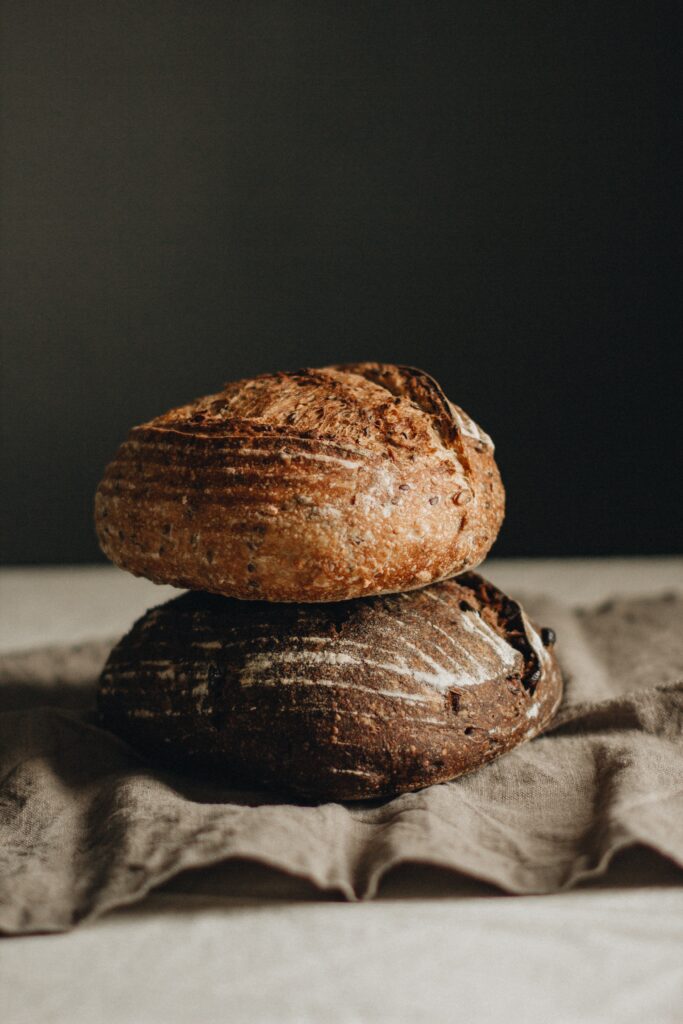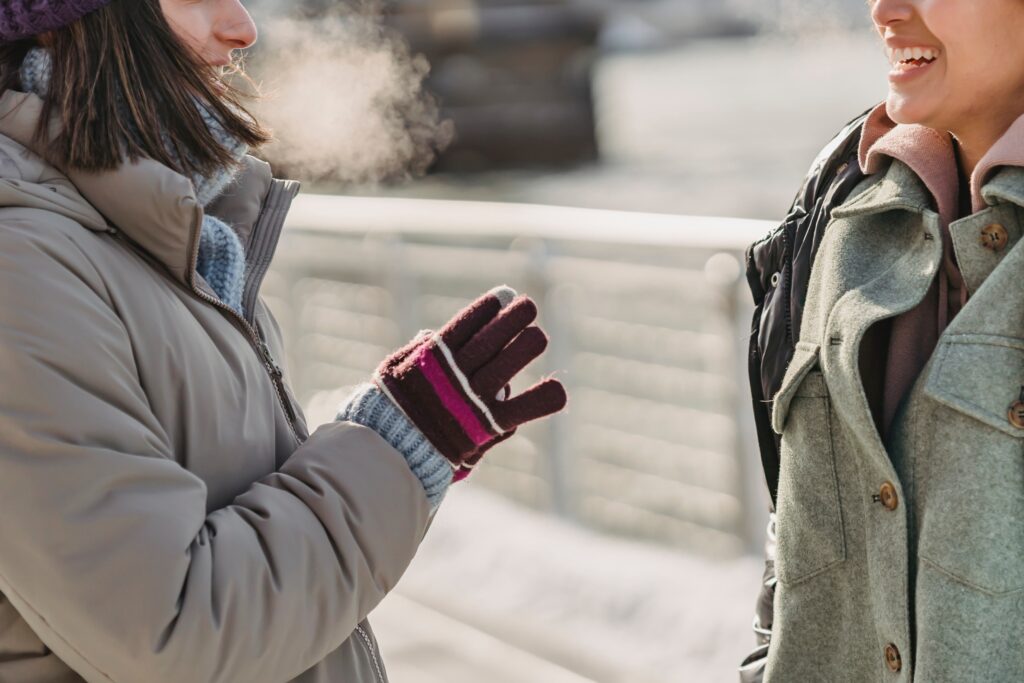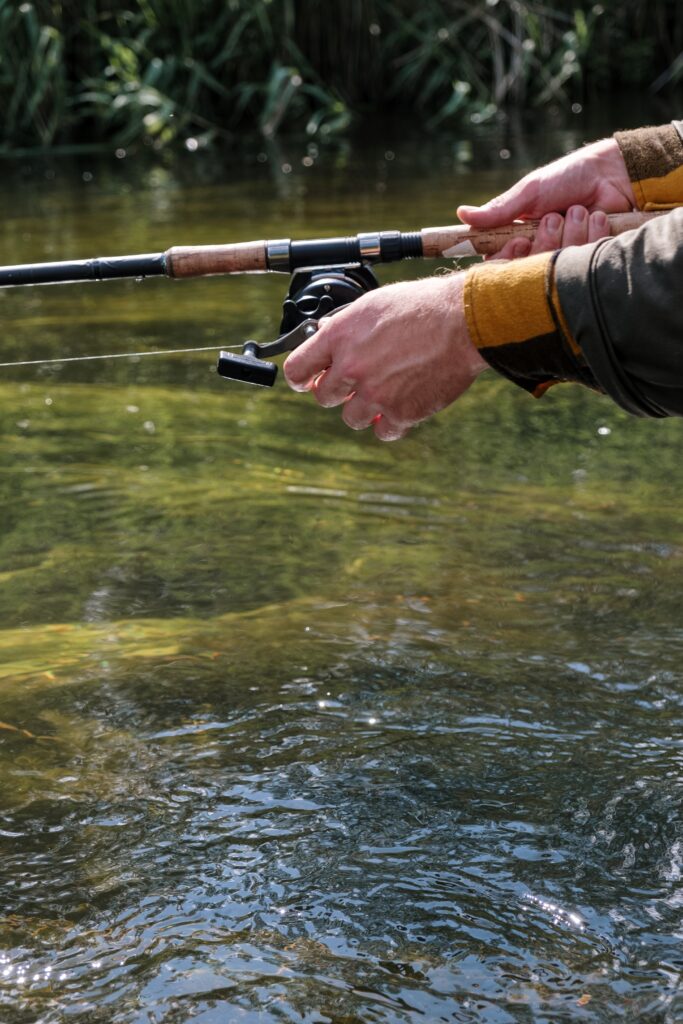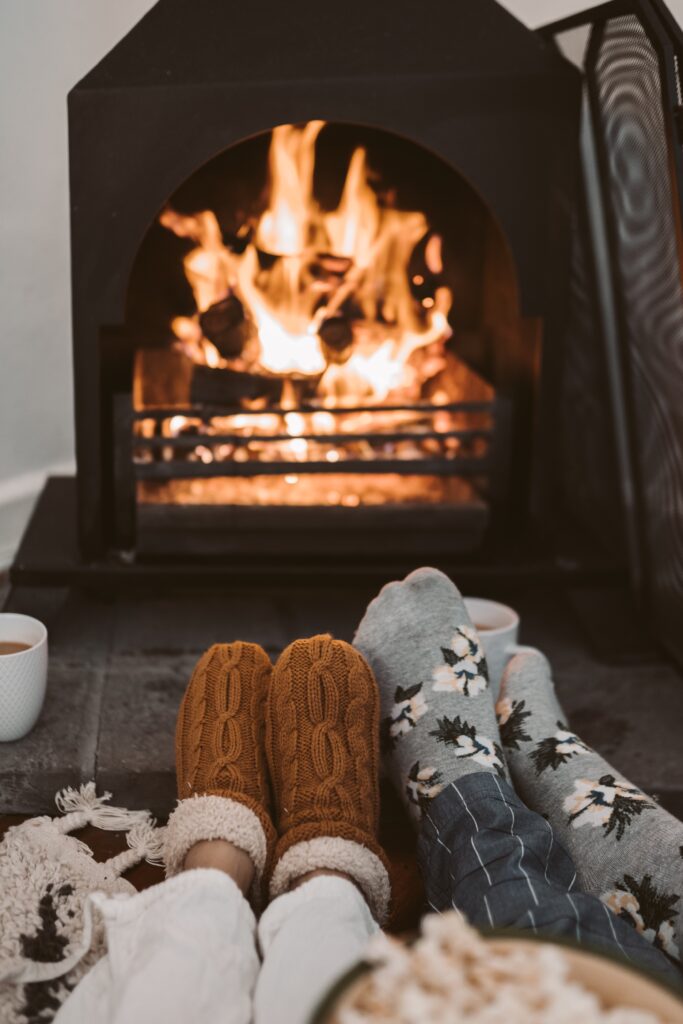Hygge ( pron. “huu-ger”) is a central concept in Danish culture (though the Norwegians point out that the word was stolen from their “hugga” ie .comfort). It’s a little hard to define but it encompasses the notions of comfort, quite contentment, an element of nature, some simple indulgence, and connection. A quintessential hygge experience would be toasting your feet (in soft woollen socks) in front of a fire with your partner while sipping red wine – after a bracing walk in the forest. The Danes were inspired to boost their spirits with simple pleasures through their interminable dark, cold winters where they might otherwise feel stir-crazy (sound familiar, Melbourne?). By the way, the Danes seem to have an edge on resilience – they have a famous saying that there is no such thing as bad weather – only the wrong clothes.
Of course, the English-speaking world had a good go at commercialising their concept – during the Trump/Brexit period shops in New York and the UK were inspired to offer every possible fluffy slipper and oversized candle as” genuinely hygge”. But as the Danes point out, hygge cannot be bought. It is a feeling we achieve by gravitating towards things that give us simple pleasure, and peace.

What could be more hygge than baking sourdough during a lockdown? Well, absolutely right. A steaming loaf of home-baked stoneground goodness…just as long as it was made with relaxed competence and NO tears, failure feelings – or selfies. Lockdown has actually offered us the chance to delve into valuing small elements of our lives. The precious half - hour to do yoga in the morning with no school dropoff; and catch- ups in the park, complete with scarves and padded jackets in the middle of winter. We might even think that we lookedDanish.

But which of these new peaceful feelings can we keep after the lockdowns have ended? And can we achieve hygge in an Australian summer?
An essential component of hygge is the absence of rushing. To those of us who’ve lived through ongoing lockdowns, this has been a bit of a revelation. We’ve found that we’ve loved the slower pace and we don’t want to let go of that part of the experience. Lots of us are planning to keep some of the working-at-home days so that we can eat sandwiches at a real table at lunchtime, walk with our partner, or read a book. We are rediscovering parts of our lives that we really like; and they increase the sense of a good quality of life.
Hygge doesn’t favour the synthetic or the electronic. But have you ever noticed that our typical Aussie urban/suburban pleasures are often really noisy? Loud phone conversations with mates, sport in the backyard, and loud things on screens! When we travel to the coast and country, we’re more likely to look for the contemplative dip of a fishing rod into the water or a quiet beer on a verandah at dusk.

What is your hygge? It doesn’t need to be expensive, and it doesn’t have to be the same as anyone else’s. Bare feet dangling in the water…a game of Solitaire….looking out of the window with your dog.
Given our fantastic natural environment, I’m sure we can find Aussie-hygge. Did you know that you can even do hygge in space?
During the “Space Race” era the U.S. space agency worried that pens wouldn’t work under zero gravity. They spent millions of dollars developing ballpoint pens which would work from any angle (including upside- down) as their weightless astronauts floated uncontrollably around inside their cabins. The Soviet cosmonauts on the other hand peacefully used….pencils.
